
Crack the Case. D. Ohrvall
.pdf

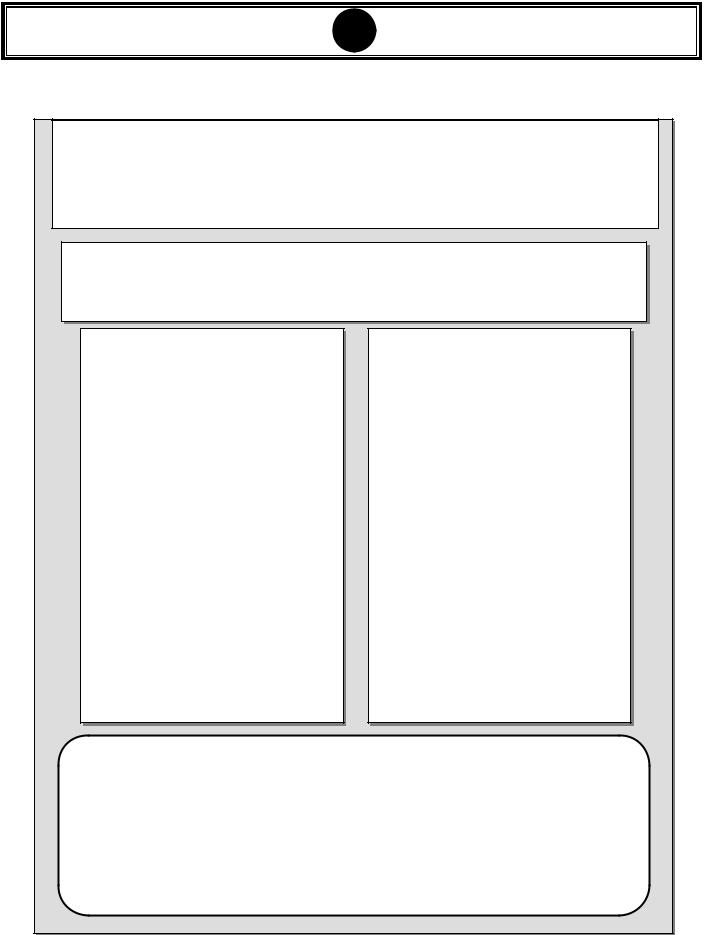
Slash & Burn Investors |
I |
Pack: 002 page 7 of 22
Interviewer Fact Sheet
Case Question: Slash & Burn is a New York City investment firm. Not known for being a “friendly fund” like some of their contemporaries, S&B is infamous for selling off acquired companies, or parts of companies, within 3 years of acquisition. Tuttle Knox Corp., a 2.5 year-old investment, is a hardware conglomerate designed to capture a high share of the home improvement market. TK is not doing well overall. Slash & Burn would like to reduce its debt burden by $500M, and has decided that Tuttle Knox must sell off assets to raise the funds. They would like you to determine which companies they should sell to raise the $500M. Select the companies you would divest, and give your logic for your choices.
A Few Tips from David
A Few Tips from David
•After getting familiar with this unusual chart, the candidate should have no trouble picking some obvious dogs to divest. The true challenge is to craft a cohesive strategy around the divestitures. How do you rid yourself of these slow growth businesses in a logical manner?
IntroIntroFactsFacts
(Tell(Te lthetheCandidateCandidateififAsked)Asked)
Slash and Burn Motto: “Grow or Be Sold”
TK Customers: TK was designed to penetrate Home Depot, Lowe’s, Mennard’s as well as Ace Hardware and other national hardware chains. The strategy was to gain leverage with retailers by supplying critical product lines in several store categories.
Sales Multiples and Timing: Assume that price per asset will be one times annual revenue, and that there are buyers for all assets.
Intention: S&B wants to keep the new, smaller entity for about 2-3 more
years. They are hoping to streamline TK and create a more focused business.
Tuttle Knox Management: They are deferring to the candidate’s recommendations.
KeyKeyInsightsInsights
(Do(DoNotNotTellTe lthetheCandidate)Candidate)
•Low Growth Businesses: Heavy Lawn Equipment (HLE) and Tools are the lowest growth businesses, with HLE being the lowest. These two areas are clearly the place to focus, but the real question is which companies to choose.
•Divestiture Combinations: There are several combinations within Heavy Lawn Equipment and Tools that will give S&B their stated goal of $500M. The key is to put a stake in the ground on the logic that seems best (see p. 20 for details).
On-Track Indicators
 Data driven – focuses on the mekko slide and quickly determines to pursue low growth businesses as divestiture targets
Data driven – focuses on the mekko slide and quickly determines to pursue low growth businesses as divestiture targets
 Logical – thinks about the ramifications of each divestiture and how it would fit into a broader company strategy
Logical – thinks about the ramifications of each divestiture and how it would fit into a broader company strategy
 Flexible – understands that for many reasons, one approach may not always work
Flexible – understands that for many reasons, one approach may not always work
Off-Track Indicators
 Gathers facts not data – with so many businesses to discuss, it’s easy to become distracted
Gathers facts not data – with so many businesses to discuss, it’s easy to become distracted
 Too tactical – focuses only on the combinations that give the best dollar amount, not the best strategy
Too tactical – focuses only on the combinations that give the best dollar amount, not the best strategy
 Gets stuck on the chart – misses the main points: biggest divisions are low growth, pay attention to profit margins
Gets stuck on the chart – misses the main points: biggest divisions are low growth, pay attention to profit margins
Purchase additional cases and the book Crack the Case: How to Conquer Your Case Interviews at |
7 |
|
www.consultingcase.com. Copyright © 2004 Turtle Hare Media |
||
|
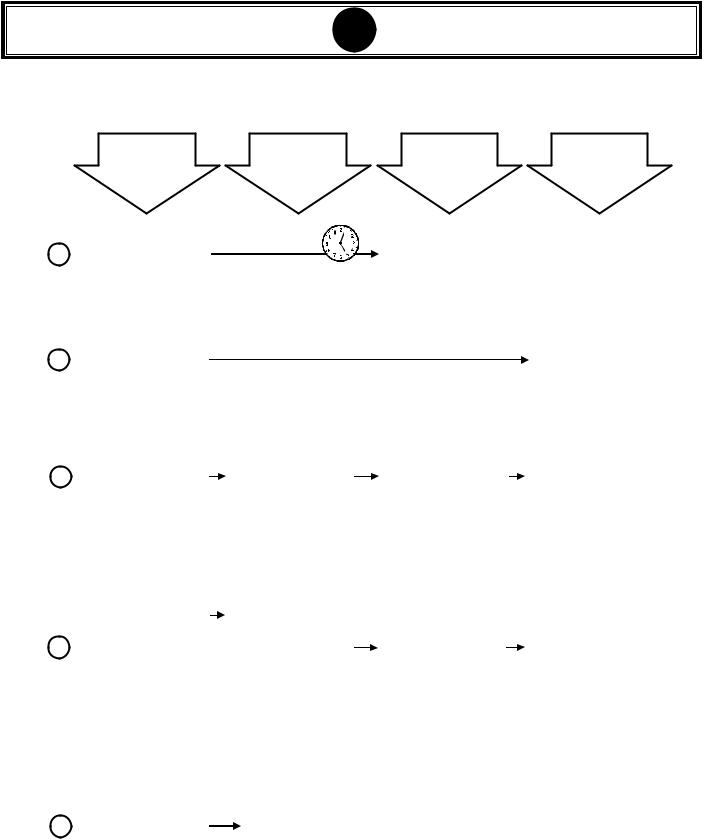
Slash & Burn Investors |
I |
Case at a Glance
Pack: 002 page 8 of 22
|
|
Typical Case |
|
|
Interviewer |
Candidate |
Data & |
|
|||||||
|
|
|
|
|
|||||||||||
|
|
|
|
Questions & |
Questions & |
Answers to |
|
||||||||
|
|
Flow |
|
|
|
||||||||||
|
|
|
|
Comments |
Answers |
Provide |
|
||||||||
|
|
|
|
|
|
||||||||||
|
|
|
|
|
|
|
|
|
|
|
|
|
|
|
|
|
|
Present main |
|
|
|
|
|
|
|
|
|
|
|
|
|
|
|
|
|
|
|
|
|
|
|
|
|
|
|
|
|
|
1 |
question. Candidate |
|
|
|
|
|
|
|
|
Candidate takes notes, |
|
|
|
|
|
|
|
|
|
|
|
|
|
|
|
|
|
|||
|
takes notes, asks for a |
|
|
|
|
|
|
|
|
asks for a minute, forms |
|
|
|
|
|
|
|
minute, forms a plan and |
|
|
~0:01 min. |
a plan and presents it. |
|
|
|
|
|||||
|
|
presents it. |
|
|
|
|
|
|
|
|
|
|
|
|
|
|
|
|
|
|
|
|
|
|
|
|
|
|
|
|
|
|
|
|
|
|
|
|
|
|
|
|
|
|
|
|
|
|
|
Answer any basic fact |
|
|
|
|
|
|
|
|
|
|
|
|
|
|
|
questions. For this case |
|
|
|
|
|
|
|
|
|
|
See Intro Facts on the |
|
|
|
|
the Candidate needs to |
|
|
|
|
|
|
|
|
|
|
|
|
|
|
|
|
|
|
|
|
|
|
|
|
|
Interviewer Fact Sheet. |
|
|
|
|
|
interpret data from one |
|
|
|
|
|
|
|
|
|
|
|
|
|
|
|
|
|
|
|
|
|
|
|
|
|
Also review potential |
|
|
|
|
2 |
chart and take notes on |
|
|
|
|
|
|
|
|
|
|
|
|
|
|
|
some additional facts. |
|
|
|
|
|
|
|
|
|
|
questions on the Mine for |
|
|
|
|
|
|
|
|
|
|
|
|
|
|
the Answer sheet (p. 19). |
|
|
|
|
|
There may be a few |
|
|
|
|
|
|
|
|
|
|
|
|
|
|
|
|
|
|
|
|
|
|
|
|
|
|
|
|
|
|
|
questions before you get |
|
|
|
|
|
|
|
|
|
|
|
|
|
|
|
|
|
|
|
|
|
|
|
|
|
|
|
|
|
|
|
to the slide. |
|
|
|
|
|
|
|
|
|
|
|
|
|
|
|
|
|
|
|
|
|
|
|
|
|
|
|
|
|
|
|
|
|
|
|
|
|
|
|
|
Look for clear |
|
|
|
|
|
|
|
|
“Tell me more about |
|
|
|
|
|
||||||
|
|
Ask for clarification if |
|
|
connections between |
|
|
|
|
||||||
|
|
|
this area (you choose). |
|
|
|
|
|
|||||||
|
|
|
|
each part of the plan and |
|
|
|
|
|||||||
|
|
necessary. Be sure to |
|
What are you thinking |
|
|
No handouts yet. Ask |
|
|
||||||
|
|
|
|
an understanding of how |
|
|
|
||||||||
|
3 |
make him explain |
|
about here.” or “Tell |
|
|
questions about his |
|
|
||||||
|
|
|
each part contributes to |
|
|
|
|||||||||
|
|
anything you do not fully |
|
me how the parts of |
|
|
approach. |
|
|
||||||
|
|
|
|
the whole. Look for solid |
|
|
|
||||||||
|
|
understand. |
|
your structure link to |
|
|
|
|
|
||||||
|
|
|
|
logic on how this plan will |
|
|
|
|
|||||||
|
|
|
|
each other.” |
|
|
|
|
|
||||||
|
|
|
|
|
get some answers. |
|
|
|
|
||||||
|
|
|
|
|
|
|
|
|
|
|
|
|
|
|
|
|
|
|
|
|
|
|
|
|
|
|
|
|
|
|
|
|
|
|
|
|
|
|
|
|
|
|
|
|
|
|
|
|
|
Guide the discussion |
|
|
|
|
|
|
|
|
|
|
|
|
|
|
|
through the single |
|
|
|
|
|
|
|
|
|
|
|
|
|
|
|
handout and additional |
|
|
|
|
|
|
|
|
|
|
|
|
|
|
|
data. There is only one |
|
|
|
|
|
|
|
|
|
|
|
|
|
|
|
|
|
|
|
|
|
|
|
“I would need to know |
|
|
|
|
|
|
|
handout. The chart is |
|
|
|
|
|
|
|
|
|
Handout A, the |
|
|
|
|
|
called a marimekko. It |
|
Optional - “What kind |
|
about the revenue and |
|
marimekko chart |
|
|
|||||
|
|
enables you to quickly |
|
|
profit for each company. |
|
|
|
|||||||
|
|
|
|
|
showing company |
|
|
||||||||
|
|
|
of data would you need |
|
|
|
|
||||||||
|
|
see two dimensions (in |
|
|
I would also need some |
|
|
|
|||||||
|
|
|
|
|
revenue. Review the |
|
|
||||||||
|
|
|
to best to evaluate the |
|
|
|
|
||||||||
|
4 |
this case, total division |
|
|
methodology for valuing |
|
|
|
|||||||
|
|
|
|
next page for tips and |
|
|
|||||||||
|
|
companies and pick |
|
|
|
|
|||||||||
|
|
revenue and percent of |
|
|
sales price, like a |
|
|
|
|||||||
|
|
|
|
|
insights. Also provide |
|
|
||||||||
|
|
|
the ones to divest?” |
|
|
|
|
||||||||
|
|
division by business). |
|
|
multiple times sales. |
|
|
|
|||||||
|
|
|
|
|
the additional data where |
|
|
||||||||
|
|
|
|
|
|
|
|
|
|
|
|
|
|||
|
|
The candidate should |
|
|
|
|
|
|
|
|
Growth rates would be |
|
|
|
|
|
|
|
|
|
|
|
|
|
|
|
appropriate. |
|
|
||
|
|
look for combinations of |
|
|
|
|
|
|
|
|
helpful.” |
|
|
|
|
|
|
|
|
|
|
|
|
|
|
|
|
|
|
||
|
|
businesses that total |
|
|
|
|
|
|
|
|
|
|
|
|
|
|
|
|
|
|
|
|
|
|
|
|
|
|
|
|
|
|
|
$500M in some logical |
|
|
|
|
|
|
|
|
|
|
|
|
|
|
|
form. |
|
|
|
|
|
|
|
|
|
|
|
|
|
|
|
|
|
|
|
|
|
|
|
|
|
|
|
|
|
|
|
|
|
|
Review the Math Zone data to understand the bottom line impact. |
|
|
||||||||
|
|
|
|
|
Some questions to ask after you hear the Candidate’s approach: |
|
|
||||||||
|
|
Ask for a |
|
|
|
|
|||||||||
|
|
|
|
• If there is a combination of tools and lawn equipment, how will they work together? |
|
|
|||||||||
|
|
recommendation at the |
|
|
|
|
|||||||||
|
|
|
|
• Setting aside the heavy lawn and tool equipment, what is the synergy between the |
|
|
|||||||||
|
5 |
end. Look to see that it |
|
|
|
|
|||||||||
|
|
|
remaining businesses? |
|
|
|
|
|
|||||||
|
|
is data driven and based |
|
|
|
|
|
|
|
||||||
|
|
|
|
• Will there be any new challenges in dealing with the home improvement centers |
|
|
|||||||||
|
|
on the facts of the case. |
|
|
|
|
|||||||||
|
|
|
|
after some assets are divested? If TK has any leverage with certain companies, will |
|
|
|||||||||
|
|
|
|
|
|
|
|||||||||
|
|
|
|
|
it be gone? |
|
|
|
|
|
|||||
|
|
|
|
|
|
|
|
|
|
|
|
|
|
|
|
|
|
|
|
|
|
|
|
|
|
|
|
|
|
|
|
|
|
|
|
|
|
|
|
|
|
|
|
|
|
|
|
Purchase additional cases and the book Crack the Case: How to Conquer Your Case Interviews at |
8 |
|
www.consultingcase.com. Copyright © 2004 Turtle Hare Media |
||
|
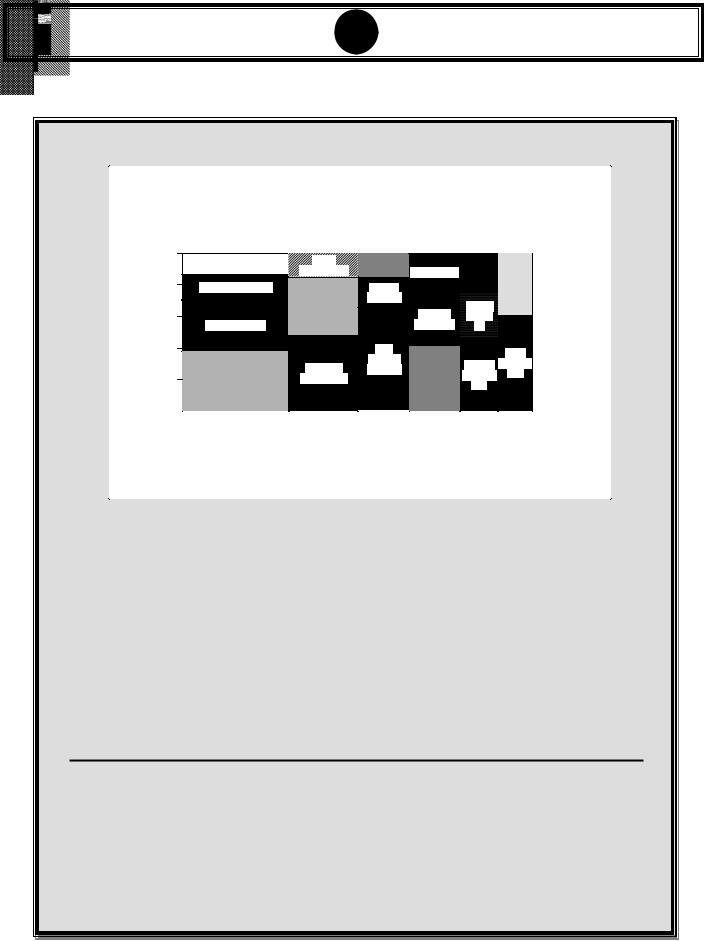
Slash & Burn Investors |
I |
Pack: 002 page 9 of 22
Data Distribution
|
|
2002 Revenue |
|
|
|
||
|
Major Divisions and Businesses |
|
|
|
|||
Revenue by Business Unit (in millions USD) |
|
|
|
|
Total = |
||
|
|
|
|
|
|
|
|
100% |
$753M |
$487 |
$357 |
$356 |
$267 |
$239 |
$2,459 M |
|
GRUB |
Rubber |
|
|
|
|
|
|
Trim Assist 99 |
|
Stainer's |
|
|
||
|
BLASTER 75 |
Play 56 |
|
|
|
||
|
|
Congren 87 |
Palette |
InterPlex |
|
||
80 |
Shaker Smith 125 |
|
|
|
67 |
|
|
|
Certain |
|
95 |
|
|||
|
|
|
|
|
|||
|
|
WEED |
Form 67 |
|
|
|
|
|
|
|
|
Master |
|
|
|
|
|
WASTER 179 |
|
Fulcrom |
|
|
|
60 |
|
|
Effects |
|
|
||
|
|
|
|
|
|||
|
LawnKraft 245 |
|
|
Tools 124 |
78 |
|
|
40 |
|
|
Iron |
|
|
Patio |
|
|
|
|
Masters |
|
|
|
|
|
|
|
|
Carlton |
Perfecto |
|
|
|
|
ETERNAL |
Ltd. 234 |
|
|
||
|
|
Shinjuku |
Brothers |
144 |
|
||
20 |
True Cut 284 |
GREEN 233 |
|
|
|||
|
145 |
122 |
|
|
|||
|
|
|
|
|
|
||
0 |
|
|
|
|
|
|
|
|
Heavy Lawn |
Pesticides |
Lawn |
Tools |
Paints Pavers |
||
|
|
||||||
|
|
Equipment |
|
Furniture |
|
|
|
Net Profit Margin |
12% |
23% |
27% |
15% |
42% |
34% |
|
Avg. Growth Rate |
4% |
9% |
13% |
5% |
17% |
31% |
|
Likely question from Candidate: Do you have any information on the businesses that Tuttle Knox owns?
Interviewer: “Here’s a marimekko of 2002 revenue. If this chart type is new to you, just think of it as a square pie chart. The upper right corner shows the total revenue for the entire chart. The width of each column is proportional by product category (e.g. Heavy Lawn Equipment is the largest). Each block within a column represents a business. The y axis shows % of category. For example, True Cut is about 40% of Heavy Lawn Equipment.”
Ask the following: Which companies would be on your short list to sell? Why?
Main insights: Two categories have significantly lower growth than the others, Heavy Lawn Equipment and Tools. Both also have low margins. The other categories of product all have healthy profit margins and growth rates, so it is safe to focus on Heavy Lawn Equipment and Tools. The next question is which ones do you eliminate?
Additional Info
•True Cut – Oldest, most prestigious line of lawn mowers. Some older technology. Loyal customers.
•LawnKraft – Second only to True Cut in terms of name and brand. Some think their quality is the best.
•Shaker Smith – Premium image. Less focused on lawn mowers; more focused on broad set of tools.
•Trim Assist – New to the mower space. Better technology, savvy marketing to hip suburbanites.
•Shinjuku – Japanese high quality tool maker. Making strong inroad into the US market.
•Fulcrum Tools – “Good Ole Boys” tool maker; strong loyalty among carpenters; slipping in quality.
•Congren – Consistently the also-ran brand. Dying a slow death as Shinjuku takes its share.
Purchase additional cases and the book Crack the Case: How to Conquer Your Case Interviews at |
9 |
|
www.consultingcase.com. Copyright © 2004 Turtle Hare Media |
||
|

Slash & Burn Investors |
I |
Math Zone
Recommended Approach
Pack: 002 page 10 of 22
Narrow down the choices
•Heavy Lawn Equipment and Tools have weak profit and growth margins. They are prime areas to examine, since the other areas appear to be growing and show healthier profit margins. When choosing between the two, choose Heavy Lawn Equipment. Divesting all tools ($356M of revenue) vs. divesting an equivalent amount in heavy equipment will result in a profit loss of 3% x $356M = $10.7M, due to the difference in profit margins (12% vs. 15%). Divesting the low margin businesses is a key priority. To divest anything in the Tools category before Heavy Lawn Equipment would mean a loss of 3¢ for every dollar of revenue.
Look for combinations that amount to $500M in the lawn category
What will add up to $500M? |
|
What’s the Implication |
1.True Cut and LawnKraft |
$529 |
Sticking with specialty lawn equipment only |
2.LawnKraft, Shaker, Trim |
$468 |
Placing bet on True Cut, tradition and loyalty. |
3.True Cut, Shaker, Trim |
$508 |
Placing bet on quality and making #2 into #1 |
Since option 2 does not quite reach $500M, you could divest Congren (Tools) as well, which would bring the total to $556. Slash & Burn wouldn’t mind the extra cash for debt payments and it might be best to take care of all the divestitures at one time. This plan leaves TK with True Cut, the traditional lawn mower company. High share would likely be sustained for a period of time, but it is very slow growth and not very profitable.
Option 1 leave TK with two smaller specialty companies that are likely acquisition targets down the road. They could be packaged together and sold in a year or two. At that point, TK would be out of the slow growth lawn business.
Option 3 hits the target and leaves TK with one lawn company to focus on and grow. However, it is questionable whether TK will want to grow a business in the lawn care field.
Feedback |
|
Data oriented |
|
Quick to interpret |
|
Collaborative style |
|
Facile with numbers |
|
Questions are specific |
|
Explains gut check |
|
|
|
|
|
|||
|
|
Focused, not flustered |
|
Nimble thinker |
|
Ballparks numbers first |
|
|
|
|
|||
Notes: |
|
|
|
|
|
|
Purchase additional cases and the book Crack the Case: How to Conquer Your Case Interviews at |
10 |
|
www.consultingcase.com. Copyright © 2004 Turtle Hare Media |
||
|
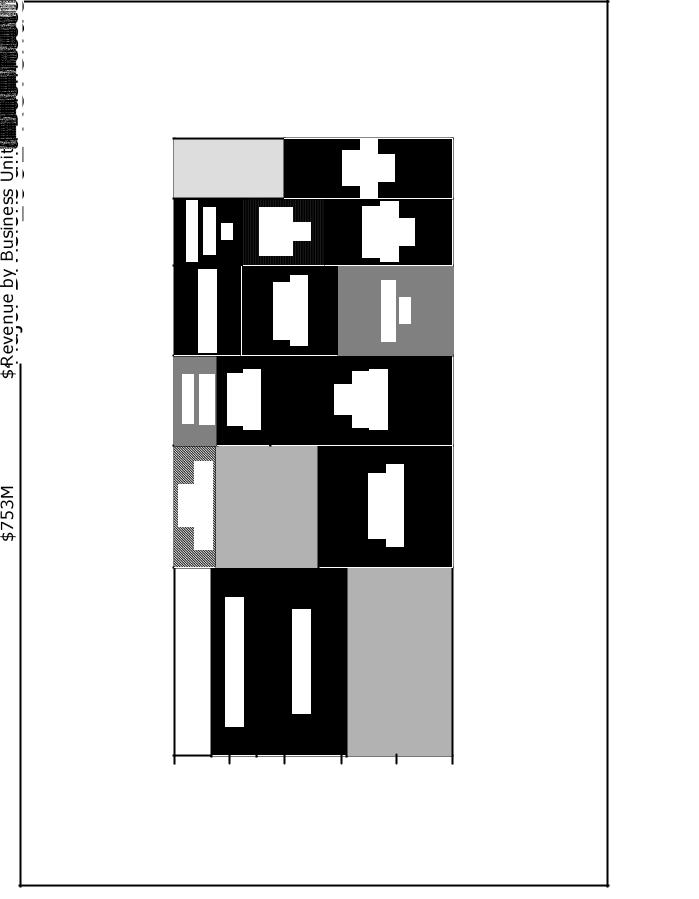
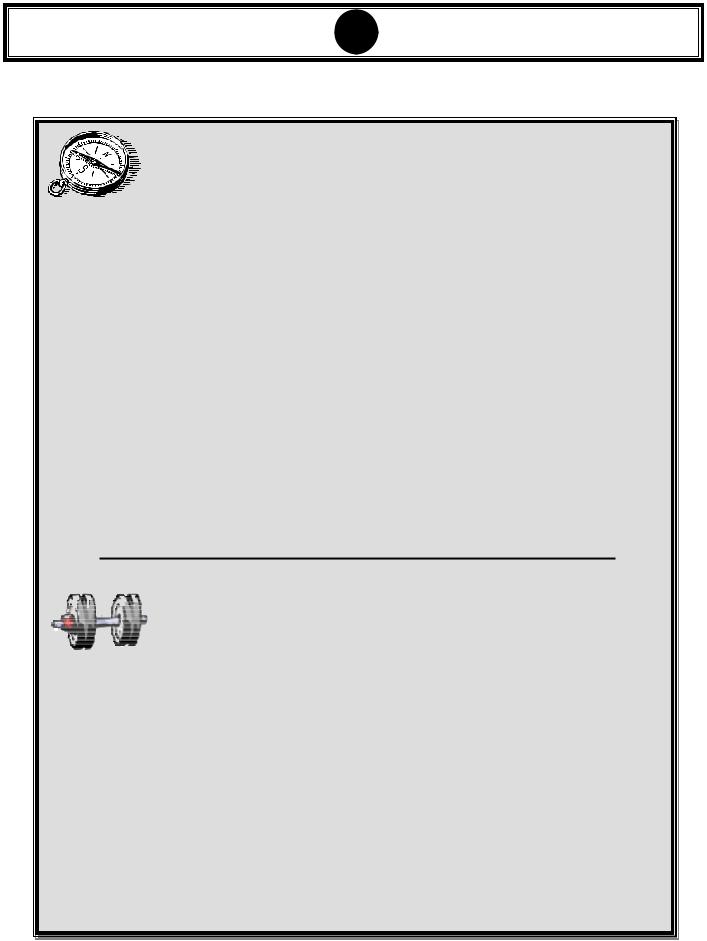
Slash & Burn Investors |
I |
Re-routers and Heavy Lifting
Re-routers
Questions To Keep Things On Track
Pack: 002 page 13 of 22
 When you look at this chart what jumps out at you?
When you look at this chart what jumps out at you?
 A large number of companies are the same size.
A large number of companies are the same size.
 Two categories have low growth and low profit margins.
Two categories have low growth and low profit margins.
 How will you prioritize some assets over others?
How will you prioritize some assets over others?
 Look at net profit and growth percentages.
Look at net profit and growth percentages.
 Consider the strategic implications.
Consider the strategic implications.
 What are the implications of the divestitures in their respective categories? Will Tuttle Knox be able to compete going forward?
What are the implications of the divestitures in their respective categories? Will Tuttle Knox be able to compete going forward?
 If either of the large lawn mowing companies is left, Tuttle Knox will not have trouble competing.
If either of the large lawn mowing companies is left, Tuttle Knox will not have trouble competing.
 If the smaller lawn care companies are left then Tuttle Knox may have trouble establishing market share
If the smaller lawn care companies are left then Tuttle Knox may have trouble establishing market share
Heavy Lifting
Questions To Make the Case More Difficult
 If the investors came back and said they needed $750M rather than $500M, would you change your answer? What would you do differently.
If the investors came back and said they needed $750M rather than $500M, would you change your answer? What would you do differently.
 How can we improve the marketability of the assets we do have left?
How can we improve the marketability of the assets we do have left?
Purchase additional cases and the book Crack the Case: How to Conquer Your Case Interviews at |
13 |
|
www.consultingcase.com. Copyright © 2004 Turtle Hare Media |
||
|

Slash & Burn Investors |
I |
Interviewer Feedback
Pack: 002 page 14 of 22
|
|
|
|
Excellent |
|
|
|
|
Poor |
|
Planning & Logic |
1 |
2 |
3 |
4 |
5 |
6 |
|
|||
1. |
I understood your plan to solve this case. |
|
||||||||
|
|
|
|
|
|
|
||||
|
|
|
|
Very clear |
|
|
Fuzzy |
|
Not clear at all |
|
|
|
|
|
|
|
|
|
|
|
|
2. |
Your plan was MECE. |
1 |
2 |
3 |
4 |
5 |
6 |
|
||
|
|
(Mutually exclusive, collectively exhaustive) |
No overlaps |
|
|
|
Several overlaps |
|
||
|
|
|
|
and gaps |
|
|
|
and full of gaps |
|
|
|
|
|
|
|
|
|
|
|
|
|
3. |
You trusted your plan and referred to it often. |
1 |
2 |
3 |
4 |
5 |
6 |
|
||
|
|
|
|
Used it, |
|
|
|
|
You basically |
|
|
|
|
|
referred to it often |
|
|
|
forgot about it |
|
|
|
|
|
|
|
|
|
|
|
||
Communication & Composure |
|
|
|
|
|
|
|
|||
4. |
You were calm and collected. |
1 |
2 |
3 |
4 |
5 |
6 |
|
||
|
|
|
|
Calm, confident |
|
Off and on |
|
Sweaty, shaky |
|
|
|
|
|
|
and client ready |
nervousness |
|
mess |
|
||
|
|
|
|
|
|
|
|
|
|
|
5. |
You carried the discussion well. |
1 |
2 |
3 |
4 |
5 |
6 |
|
||
|
|
|
|
Just the right |
|
Occasionally |
|
I’d avoid you |
|
|
|
|
|
|
amount of back |
|
awkward |
|
at cocktail |
|
|
|
|
|
|
and forth |
|
|
|
|
parties |
|
|
|
|
|
|
|
|
|
|
|
|
6. You drove the case.
12
Clearly in control, you took the case to a conclusion
3 |
4 |
5 |
6 |
You took control |
|
Adrift at sea |
|
sometimes, but |
|
|
|
then let me drive |
|
|
|
Analytics
7. You analyzed the data well on a piece by piece basis.
1 |
2 |
3 |
4 |
5 |
6 |
Quick to insights, |
|
Slow on the |
Lots of mistakes, |
||
no math errors |
|
uptake, some |
|
you didn’t get |
|
|
|
|
math mistakes |
|
the insights |
8. You integrated data well and reached insights (saw the big picture).
1 |
2 |
3 |
4 |
5 |
6 |
Quick to “connect |
You missed |
You missed all the |
|||
the dots” and see |
|
some |
linkages between |
||
how it all ties |
|
connections |
|
the data |
|
Recommendation
9. Your final recommendation was to the point and data driven.
1 |
2 |
3 |
4 |
5 |
6 |
Used facts and |
|
|
You seemed to |
||
data to back up |
|
|
|
solve the case |
|
your thoughts |
|
|
|
from your gut |
|
10. You were persuasive in making your final points.
1 |
2 |
3 |
4 |
5 |
6 |
Persuasive points, |
|
|
You couldn’t even |
||
passion and a |
|
|
convince yourself, |
||
bottom-line tone |
|
|
|
zero passion |
|
Total Score:
(10-60)
Before giving your score, have the candidate do the Self Assessment at the back of the case pack. What can you tell the candidate that will help him or her prioritize his prep going forward?
Purchase additional cases and the book Crack the Case: How to Conquer Your Case Interviews at |
14 |
|
www.consultingcase.com. Copyright © 2004 Turtle Hare Media |
||
|

Slash & Burn Investors |
C |
Candidate Review Sheets
Pack: 002 page 15 of 22
A Logical Flow Using the FRAME Method™
A Logical Flow Using the FRAME Method™
F- Form a Plan
This case starts in Zone 1, Strategy, since it is about divesting assets to achieve the $500M requirement. To solve it, the candidate should provide a simple plan. To uncover the most valuable businesses, the candidate will need to spend time in operations assessing growth rates and profit margins. There are also macro issues to consider once the assets are sold off, as the remaining business must remain competitive.
MVM™
Zone 5
S |
P E C I A |
L |
3 |
T |
|
|
|
|
|
|
Zone 4 |
|
|
Zone 3 |
Fin |
|
Zone 2 |
Org |
|
|
Op |
|
|
Zone 1 |
|
|
|
Strat |
|
|
|
R |
Volume |
People . |
CA$H |
Price |
|
2Systems Measure
1 |
C |
Fixed |
D/E |
|
Variable |
Processes
MVM Roadmap™: Here’s a path that will hit the key issues, in order of importance.
1.Start in Zone 1, Strategy/ Divest: Slash & Burn Investors want Tuttle Knox to divest $500M of assets. You can’t question the decision since it is a directive from the owners, but there are other questions. How much will buyers pay for the assets? How well will the remaining companies work together? Will competitors buy the assets and use them against us?
2.Move to Zone 2, Operations: To understand which businesses to divest, you’ll need to know the basics about each business. How much revenue do they produce annually? What is their net profit? What is their historical and expected growth rate?
3.Move to Zone 5, External Factors: What about the industry for the remaining assets? Will growth projections continue for each business, or are there potential limits? How will competitors respond to the remaining businesses? Is public opinion of any concern?
Purchase additional cases and the book Crack the Case: How to Conquer Your Case Interviews at |
15 |
|
www.consultingcase.com. Copyright © 2004 Turtle Hare Media |
||
|
